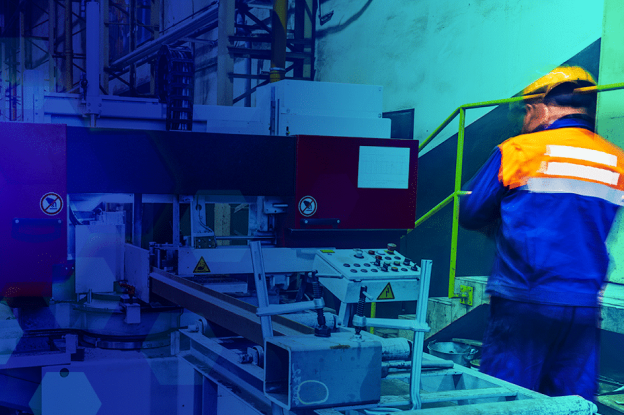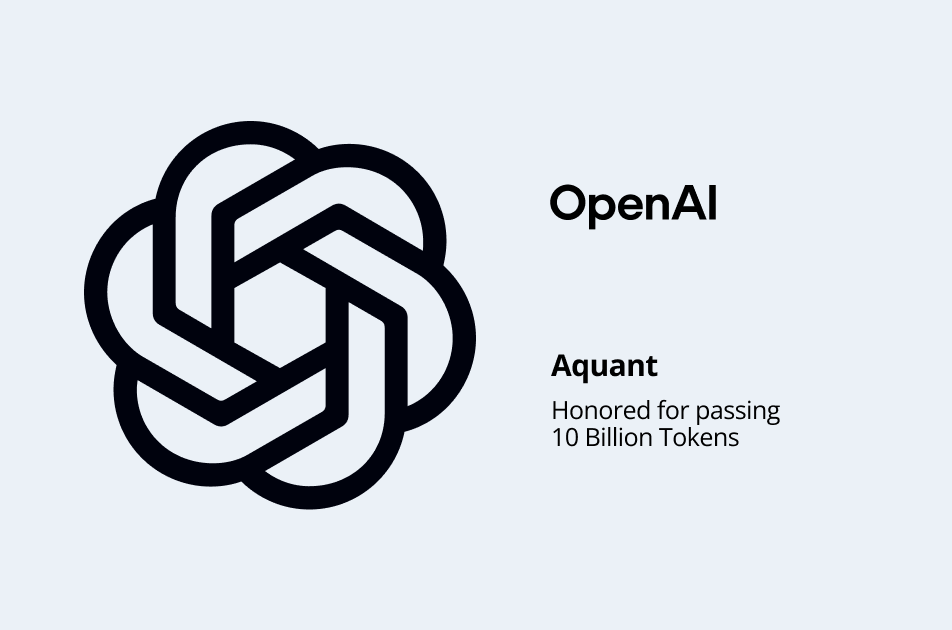Capital Equipment Service is Under Pressure—Here’s How to Get Ahead
Capital equipment service teams face a unique and growing set of challenges. Whether you’re servicing industrial machinery, medical devices, or heavy equipment, the stakes are high: failures are costly, downtime is unacceptable, and customers demand fast, first-time-right resolutions.
But achieving consistent service outcomes isn’t easy—especially when you’re dealing with complex machines, a retiring workforce, and rising expectations.
The good news? With the right strategies—and the help of AI-powered tools—organizations are transforming service delivery to be more predictive, scalable, and customer-focused than ever.
1. Go Beyond the Break-Fix Model
In capital equipment service, waiting for something to go wrong and then reacting isn’t sustainable. Leading teams are shifting from break-fix approaches to proactive and predictive service models.
By using AI to analyze historical service data, parts consumption trends, and machine behavior, service leaders can:
- Predict failures before they occur
- Recommend preventive actions
- Reduce unplanned downtime
Explore how AI-powered agents are helping service teams make better decisions faster.
2. Identify and Fix Hidden Knowledge Gaps
Even among your top-performing technicians, tribal knowledge and inconsistency can lead to missed opportunities or unnecessary repeat visits. AI helps uncover hidden inefficiencies by identifying patterns across service tickets, parts usage, and resolution paths.
Aquant’s AI Service Intelligence Platform surfaces actionable insights that help you:
- Standardize service across regions and teams
- Provide in-the-moment recommendations
- Train new techs using real-world data
Need to get buy-in from your CIO? Share our CIO Guide to AI Adoption.
3. Empower Technicians with Actionable Insights
Service excellence doesn’t come from guesswork—it comes from giving your team the right data at the right time. Leading capital equipment companies are using AI to deliver technician-specific insights that:
- Recommend optimal troubleshooting paths
- Flag potential risks before dispatch
- Shorten time-to-resolution on complex jobs
AI can even tailor guidance based on technician skill levels—closing the gap between junior hires and seasoned pros.
For more, read how AI is transforming capital equipment service operations.
4. Align KPIs with Business Outcomes
The most advanced service organizations are moving beyond traditional metrics like response time and first-time fix rate. Instead, they’re aligning KPIs with business goals like:
- Equipment uptime
- Contract profitability
- Customer retention
With tools like Aquant’s Service Co-Pilot, service leaders are able to forecast parts needs, reduce service costs, and increase SLA compliance—all while enhancing customer experience.
5. Build a Scalable, Future-Ready Workforce
With many experienced technicians nearing retirement, capital equipment organizations are facing a critical skills gap. The solution? Use AI and machine learning to scale expertise across your team—without sacrificing quality.
This includes:
- Onboarding new hires faster
- Prioritizing jobs by risk or impact
- Auto-suggesting parts or solutions based on historical success rates
To dive deeper, check out our guide to transforming service with AI.
Final Takeaway
The complexity of capital equipment service isn’t going away—but the way we manage it can (and should) evolve. By moving beyond reactive processes and embracing AI-powered tools, service organizations are reducing costs, improving uptime, and delivering better customer experiences.
The path to better outcomes starts with better insights. Ready to see how AI can elevate your service strategy?
Explore our platform or browse prebuilt AI agents to get started.



